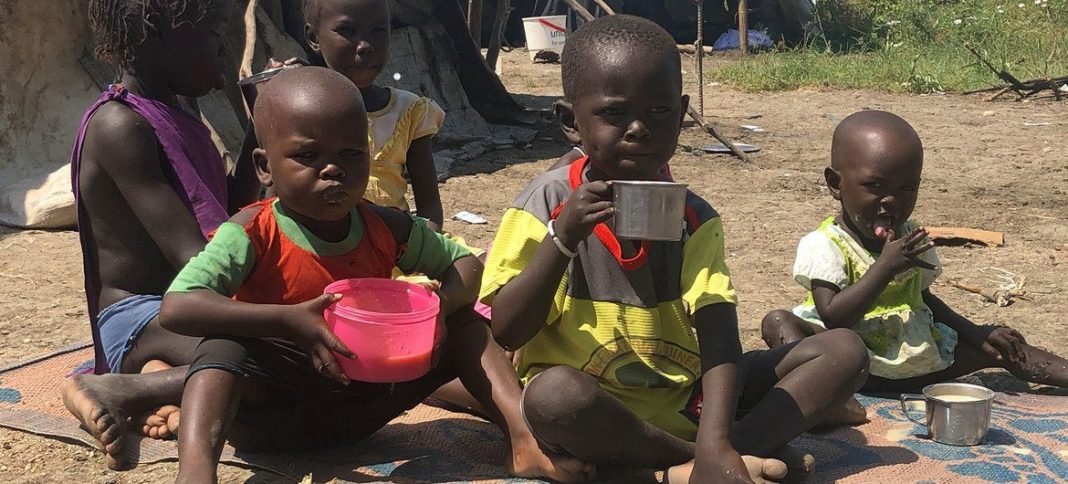New York, 20 May 2022 (TDI): The need for assistance and humanitarian aid has increased to 303 million living in 69 countries compared to 274 million since last December, remarked the UN Emergency Relief Coordinator Martin Griffiths.
He regarded the rise in the need for humanitarian aid as a dismal record of human suffering. “The number of people we aim to reach through our response plans, 202 million, is also more than 10 percent higher than what we projected last December”, he said.
Griffiths underscored the need for $41 billion to $46 billion and thanked the donors of $6 billion for the proposed response plans. While explaining the gathered data statistics, he stressed additional funding to meet the rising costs to meet the requirements.
“That’s the growing gap problem we are struggling with across the world. It’s real, of course; it is not just mathematics, and it has consequences for the people we want to help,” remarked Griffiths.
While sharing the recap of his mission to Kenya last week’s situation in Africa, Griffiths said that 35 million people are struggling due to droughts. The onset of four failed rainy seasons has exposed 18 million people in Ethiopia, Somalia, and Kenya to food insecurity.
He emphasized immediate investment and funds from governments and communities to provide alternative livelihoods to people as we are out of time.
Situation in the Sahel
The situation in the Sahel region is also dire as millions of people are driven to the fringes of survival. Over the next three months, 18 million people in the Sahel will face severe food security and deep poverty, violence, and insecurity since the Russian invasion of Ukraine.
Griffiths highlighted the situation in Lomopus village, where 600 households are struggling with food insecurity and rising food prices.
1.7 million people will experience an emergency level of food security during the lean season between June and August, creating significant gaps in food consumption and acute level malnutrition and fatalities.
He requested all the donors to join in with more substantial amounts to implement response plans in different parts of Africa.






